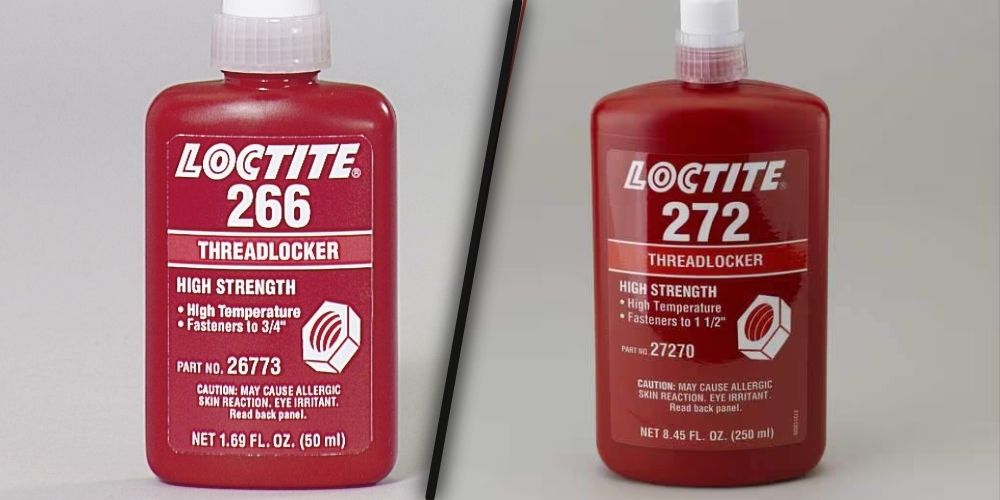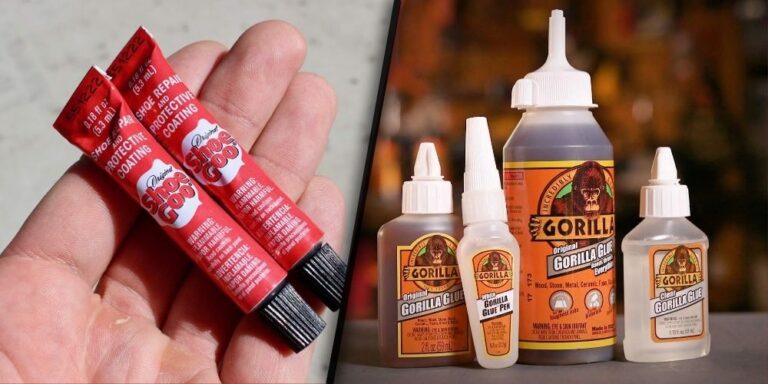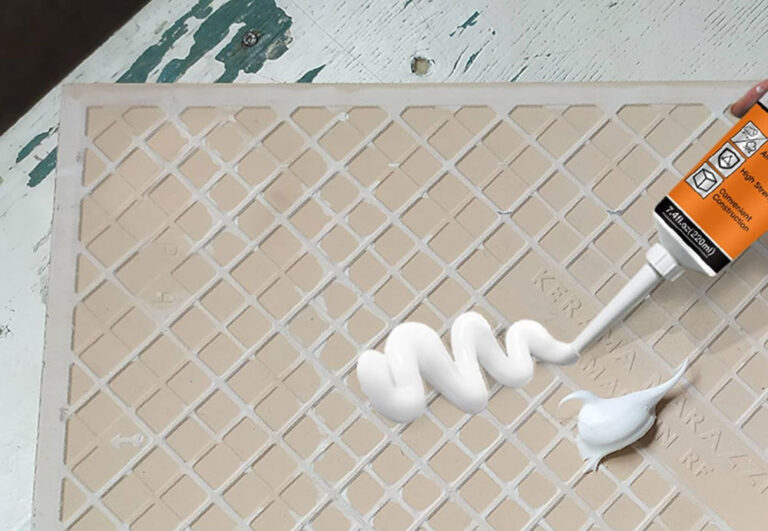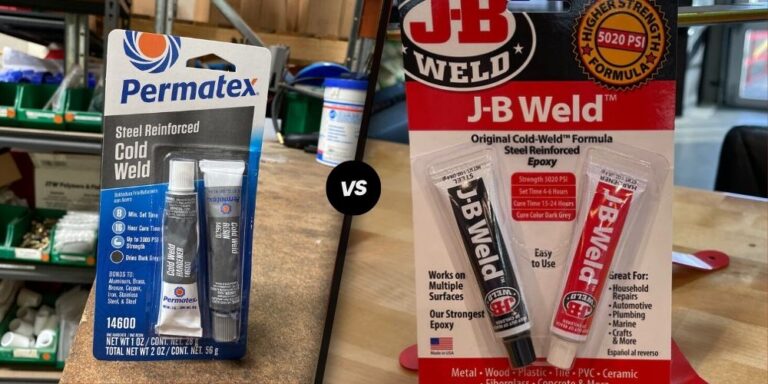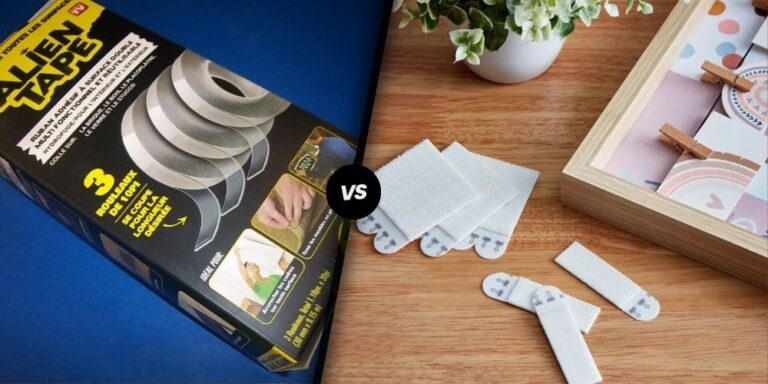Loctite 266 vs. 272: Which is Best for High Temperatures?
Understanding Loctite Threadlockers
Threadlockers play a critical role in various industries by protecting threaded assemblies against vibration, corrosion, and galling. They ensure operational tightness and prevent fasteners from loosening over time.
Importance of Threadlockers
Choosing the right threadlocker is essential to maintaining the integrity and performance of mechanical assemblies. Threadlockers bond threaded joints, filling the gaps between mating threads to protect against:
- Vibration: Reduces the risk of fasteners coming loose from recurring movement.
- Corrosion: Prevents rust and deterioration over time.
- Galling: Stops the damage caused when materials adhere to each other under pressure.
Threadlockers provide added security and longevity to mechanical systems, making them a valuable tool in any maintenance arsenal. For more comparisons, read our detailed guides on various Loctite threadlockers like Loctite 242 vs. 271 and Loctite 262 vs. 272.
Loctite 266 Overview
Loctite 266 is a high temperature, high strength, red/orange anaerobic threadlocker, designed specifically for heavy-duty applications. This threadlocker can lock fasteners up to 20mm in diameter and withstand temperatures up to +232°C (GracoRoberts). Known for its strong adhesive properties, Loctite 266 ensures that fasteners remain securely in place even in the most demanding environments.
| Features | Specs |
|---|---|
| Color | Red/Orange |
| Fastener Size | Up to 20mm |
| Temperature Resistance | Up to +232°C |
Loctite 266’s high strength makes it suitable for applications involving:
- Heavy machinery
- Automotive components
- Industrial equipment
For more information on other types of threadlockers and their properties, check out our internal links on Loctite 246 vs. 243 and other comparisons.
Internal Links for Further Reading:
Loctite 266 vs. Loctite 272
Choosing between Loctite 266 and Loctite 272 can be challenging without understanding their key differences and temperature resistance capabilities. This comparison aims to clarify their distinctions to help you make an informed decision.
Key Differences
Loctite 266 and Loctite 272 are both high-strength anaerobic threadlockers designed for secure fastener retention. They are ideal for applications requiring strong adherence and vibration resistance. However, they have several key differences that set them apart.
| Feature | Loctite 266 | Loctite 272 |
|---|---|---|
| Color | Red/Orange | Red |
| Viscosity | Medium | High |
| Maximum Fastener Size | 20mm | 25mm |
| Typical Applications | Heavy-duty machinery, repair jobs | Heavy-duty machinery, automotive applications |
| Tensile Strength | 1,800 psi | 2,300 psi |
Details adapted from Henkel Adhesives and GracoRoberts.
While both threadlockers are suitable for heavy-duty applications, Loctite 272 provides slightly higher tensile strength and better viscosity for larger fasteners. Loctite 221 vs. 222 also discusses similar comparisons for different use cases.
Temperature Resistance
Temperature resistance is a crucial factor when selecting a threadlocker for high-temperature environments. Both Loctite 266 and Loctite 272 are formulated to withstand extreme temperatures, but their thresholds differ.
| Threadlocker | Maximum Temperature | Minimum Temperature |
|---|---|---|
| Loctite 266 | +232°C (+450°F) | -55°C (-65°F) |
| Loctite 272 | +232°C (+450°F) | -55°C (-65°F) |
Both Loctite 266 and Loctite 272 offer excellent temperature resistance, making them ideal for applications subject to high-temperature fluctuations. Their shared maximum and minimum temperature ratings indicate similar performance in extreme conditions. For insights on other adhesive products, you can explore Loctite 262 vs. 272.
When comparing Loctite 266 vs. 272, it’s essential to consider the specific requirements of your application. While both products offer robust performance in high-temperature settings, factors such as viscosity, tensile strength, and maximum fastener size play a vital role in determining the best choice for your needs. For detailed usage scenarios, refer to our guide on Loctite 272 vs. 243.
Application and Usage
Understanding the application and usage of Loctite 266 and Loctite 272 is essential for making an informed decision.
Fastener Size Compatibility
The compatibility of a threadlocker with various fastener sizes is crucial, especially in high-temperature applications. Loctite 266 can be used to lock fasteners up to 20mm in diameter (GracoRoberts). This size range makes it ideal for a variety of industrial and mechanical applications where robust fastening is necessary.
| Threadlocker | Fastener Size Compatibility |
|---|---|
| Loctite 266 | Up to 20mm |
| Loctite 272 | Up to 25mm |
For more information on other threadlocker comparisons, visit our articles on loctite 262 vs. 272 and loctite 263 vs. 272.
Temperature Limitations
Temperature resistance is a critical factor when selecting a threadlocker for high-temperature applications. Both Loctite 266 and Loctite 272 are engineered to withstand high temperatures, but they have different maximum operating temperatures.
- Loctite 266: Can withstand temperatures up to +232°C (GracoRoberts).
- Loctite 272: Can withstand temperatures up to +200°C.
| Threadlocker | Temperature Resistance |
|---|---|
| Loctite 266 | Up to +232°C |
| Loctite 272 | Up to +200°C |
For more insights on threadlocker options with different temperature resistances, check out loctite 222 vs. 243 and loctite 262 vs. 263 vs. 271.
By understanding the fastener size compatibility and temperature limitations of Loctite 266 and Loctite 272, users can choose the most suitable threadlocker for their specific needs. For more information on threadlockers and their applications, visit Henkel Adhesives.
Curing Process of Loctite
Understanding the curing process is crucial when comparing Loctite 266 vs. 272. This involves knowing the setting time and curing time of these threadlockers. Both terms are essential in determining the efficiency and application readiness of the product.
Setting Time
The setting time refers to the period required for the adhesive to become tack-free and hold the bonded parts in place. For most Loctite threadlockers, including Loctite 266 and Loctite 272, the setting time is approximately 10-20 minutes (ConRo). This rapid setting ensures quick assembly and initial handling strength.
| Threadlocker | Setting Time (minutes) |
|---|---|
| Loctite 266 | 10-20 |
| Loctite 272 | 10-20 |
Curing Time
The curing time is the total duration required for the adhesive to transform into a fully hardened plastic, reaching its maximum bonding strength. For Loctite 266 and Loctite 272, the curing process takes around 24 hours to complete (ConRo). During this period, the adhesive undergoes a chemical reaction that solidifies the bond and ensures long-term durability.
| Threadlocker | Curing Time (hours) |
|---|---|
| Loctite 266 | 24 |
| Loctite 272 | 24 |
Choosing the right product for your needs involves considering both the setting and curing times. This knowledge helps in planning the assembly and operational readiness of the bonded components. For additional guidance, check out our comparison articles like loctite 262 vs. 272 and loctite 263 vs. 272.
Strength and Durability
Understanding the strength and durability of threadlockers is essential when selecting between Loctite 266 vs. 272. Both products offer high strength and are engineered to maintain the integrity of threaded assemblies.
High Strength Features
Loctite 266 is renowned for its high temperature stability and robust bonding capabilities. This high-strength, red/orange anaerobic threadlocker can be used to lock fasteners up to 20mm in diameter, capable of withstanding temperatures up to +232°C. It provides superior resistance to vibration, corrosion, and galling, effectively ensuring long-term operational tightness.
| Feature | Loctite 266 | Loctite 272 |
|---|---|---|
| Max Fastener Size | 20mm | 26mm |
| Temperature Resistance | Up to +232°C | Up to +230°C |
| Color | Red/Orange | Red |
Both products offer excellent mechanical properties and can endure high-stress environments, making them suitable for industrial applications. Loctite 266 features high shear strength which is essential for maintaining the integrity of dynamic assemblies exposed to varying temperatures and loads.
Operational Tightness
Operational tightness is a critical attribute of a top-tier threadlocker. Loctite 266 excels in this area by ensuring that fasteners remain secure during operation. This includes protection against loosening caused by vibration and the formation of a hardened plastic layer upon curing. The product typically sets in 10-20 minutes and fully cures in 24 hours (ConRo).
The selection of the correct threadlocker, such as Loctite 266, offers various benefits:
- Vibration Resistance: Both threadlockers minimize the loosening effect due to vibration.
- Corrosion Protection: They provide a barrier against contaminants that could corrode metal threads.
- Galling Prevention: Ensures smooth assembly and disassembly, thus preventing damage to the threads.
For more detailed comparisons and alternatives, refer to guides on similar products like Loctite 246 vs. 243, Loctite 248 vs. 243, and Loctite 270 vs. 271.
Choosing the right threadlocker, whether it’s Loctite 266 or 272, can significantly enhance the operational tightness and reliability of your assemblies. Ensure to follow product guidelines closely to achieve the best results and maintain the longevity of your fastened components.
Loctite 266: High Temperature Strength
Features and Benefits
Loctite 266 stands out as a high-temperature, high-strength anaerobic threadlocker specifically designed for securing fasteners. According to GracoRoberts, this red/orange threadlocker can lock fasteners up to 20mm in diameter and withstand temperatures up to +232°C. This makes it ideal for applications where exposure to extreme temperatures is common.
Key Features of Loctite 266:
- High Temperature Resistance: Effective at temperatures up to +232°C.
- High Strength: Provides strong, reliable locking power.
- Versatile Use: Suitable for fasteners up to 20mm in diameter.
- Color: Distinctive red/orange for easy identification.
| Feature | Loctite 266 |
|---|---|
| Temperature Resistance | Up to +232°C |
| Fastener Size Compatibility | Up to 20mm diameter |
| Color | Red/Orange |
| Application Type | High Strength, High Temperature |
Application Scenarios
The high-temperature strength and robust locking capabilities of Loctite 266 make it suitable for various demanding scenarios. According to Henkel Adhesives, Loctite 266 is particularly useful in environments that experience thermal cycling and where maintaining fastener integrity is crucial.
Common Applications for Loctite 266:
- Automotive: Securing engine bolts, transmission components, and exhaust systems.
- Industrial Machinery: Locking fasteners in heat exchangers, pumps, and compressors.
- Aerospace: Use in high-stress sections of aircraft engines and mechanical assemblies.
- Energy Sector: Suitable for applications in turbines and other high-heat installations.
For more comparisons involving other Loctite products, visit our articles on loctite 221 vs. 222 and loctite 222 vs. 243.
By understanding these features and scenarios, consumers comparing Loctite 266 and Loctite 272 can make an informed decision based on their specific application needs.

